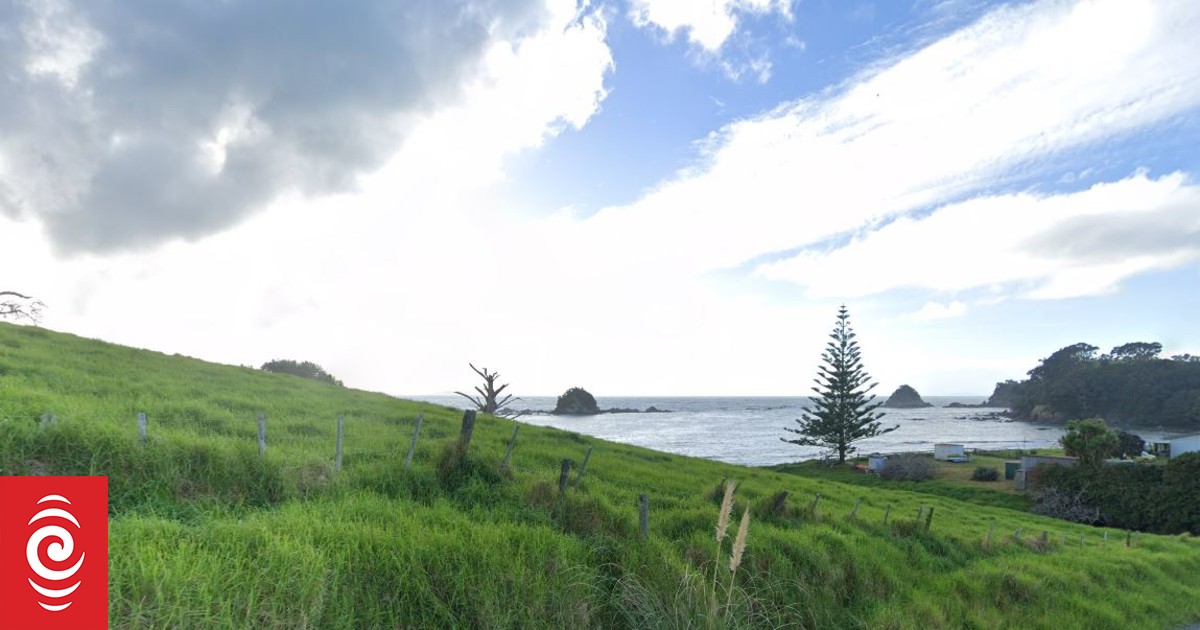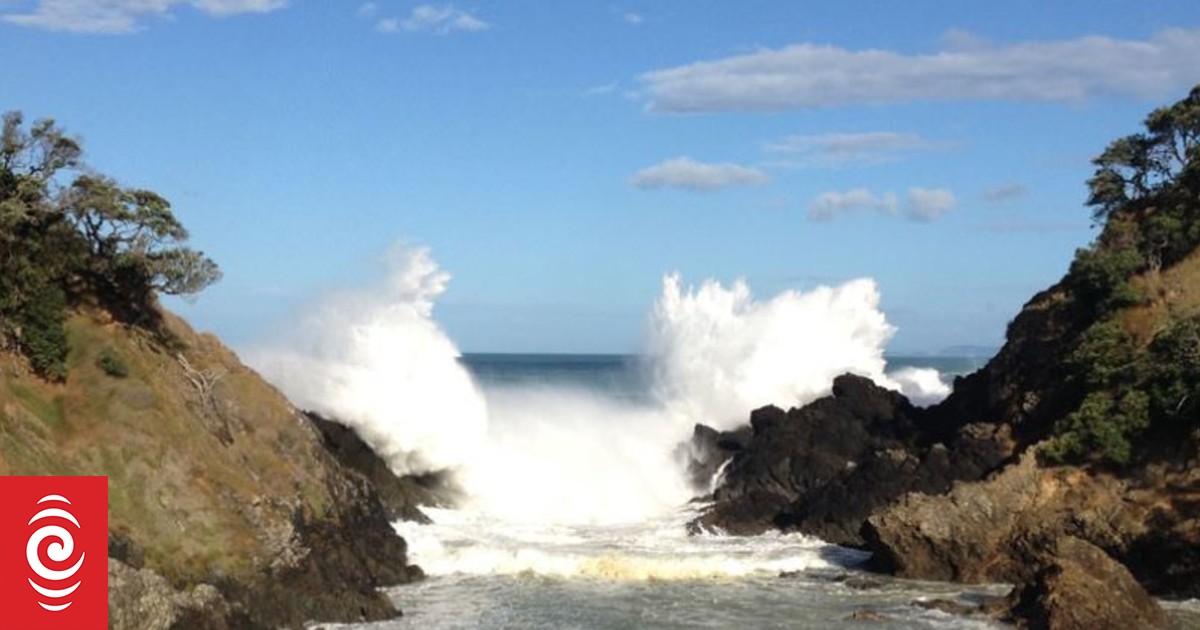Ex-cyclone Hale was one of the two major rain events that led to parts of Northland having their wettest January on record.
It may come as no surprise for Northlanders, but parts of the region suffered their wettest January on record, with two major rain events responsible for most of the flooding and widespread damage.
The National Institute of Water and Atmospheric Research (Niwa) monthly climate summary for January said unprecedented rainfall across the country led to many areas having their wettest start to the year on record, including parts of Northland, which saw widespread flooding, landslips and homes damaged by the unseasonable weather.
From January 10-11, ex-cyclone Hale severely impacted much of the northern and eastern North Island, with a state of local emergency declared in Gisborne. Heavy rain caused flooding, slips and road closures across parts of Northland, Auckland, Great Barrier Island, the Coromandel Peninsula and Gisborne.
Then, from January 27-28, torrential rainfalls occurred over much of the northern North Island, with widespread impacts particularly observed in Northland – which declared a state of emergency – Auckland, Coromandel and the Bay of Plenty.
Advertisement
Niwa climate scientist Gregor Macara said the situation in the North Island was in stark contrast to most of the South Island.
Macara said above-normal (120-149 per cent of normal) or well-above-normal (more than 149 per cent of normal) rainfall was observed across most of the North Island, northern Tasman and eastern Marlborough. It was an exceptionally wet month for the southern half of Northland, Auckland, the Coromandel Peninsula, the western Bay of Plenty and parts of Hawke’s Bay, which all received at least 400 per cent of normal January rainfall.
/cloudfront-ap-southeast-2.images.arcpublishing.com/nzme/GGHWL62U2NHOTH5OQLQVVVEDEM.JPG)
Auckland observed its wettest-ever month in records dating back to 1853. In stark contrast, below-normal (50-79 per cent of normal) or well below-normal (less than 50 per cent of normal) rainfall was observed across the majority of the South Island.
Macara said the La Niña weather pattern persisted during January and was a key climate driver for the month.
Advertisement
“Rainfall extremes were a dominant feature of January… Northern and eastern parts of the North Island were subject to several consecutive rainfall events that each delivered a typical month’s worth of rainfall, or more,” he said.
“But these descriptors don’t do justice to the exceptional totals that were observed… Several stations in Auckland received more than 600 per cent of normal rainfall, with the highest anomaly of 859 per cent recorded in Māngere. In Albert Park, a January total of 538.5 mm was observed, making it the all-time monthly high for that site’s homogenised record, which begins in 1853.”
And in the North Island, high rainfall totals were accompanied by low sunshine hours. Dargaville, Whangārei, Auckland, Gisborne, Dannevirke, Masterton and Martinborough each observed their lowest January sunshine hour total on record. The highest wind gust for the month was 141 km/h, observed at Cape Reinga on January 3.
Whangārei recorded the highest rainfall total for the month: 489mm, which was more than six times the January average, and the highest total for the city since records began in 1937.
Kaikohe recorded 527mm of rain, more than five times its January average and the wettest start to the year since records began there in 1956.
Kerikeri recorded 449mm, four times its monthly average and its third-highest January rainfall since records began in 1935. In Kaitāia, 288mm fell, almost four times its average and the third highest since records began in 1948.
Compounding the situation for Northlanders were the high levels of humidity, which saw some very warm nights.
Whangārei sweltered with an overnight mean minimum air temperature for January of 17.7C – 1.9C above normal and its second-highest total for January on record, while Kaitāia recorded its second-highest mean minimum temperature for the month of 17.4C (2.6C above normal).



